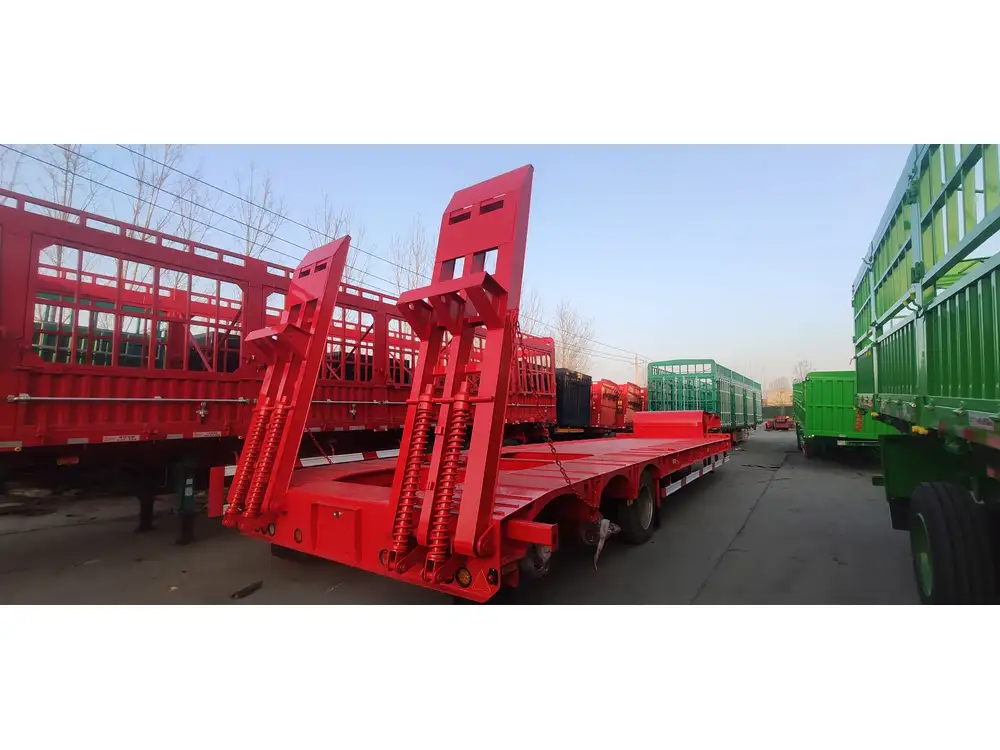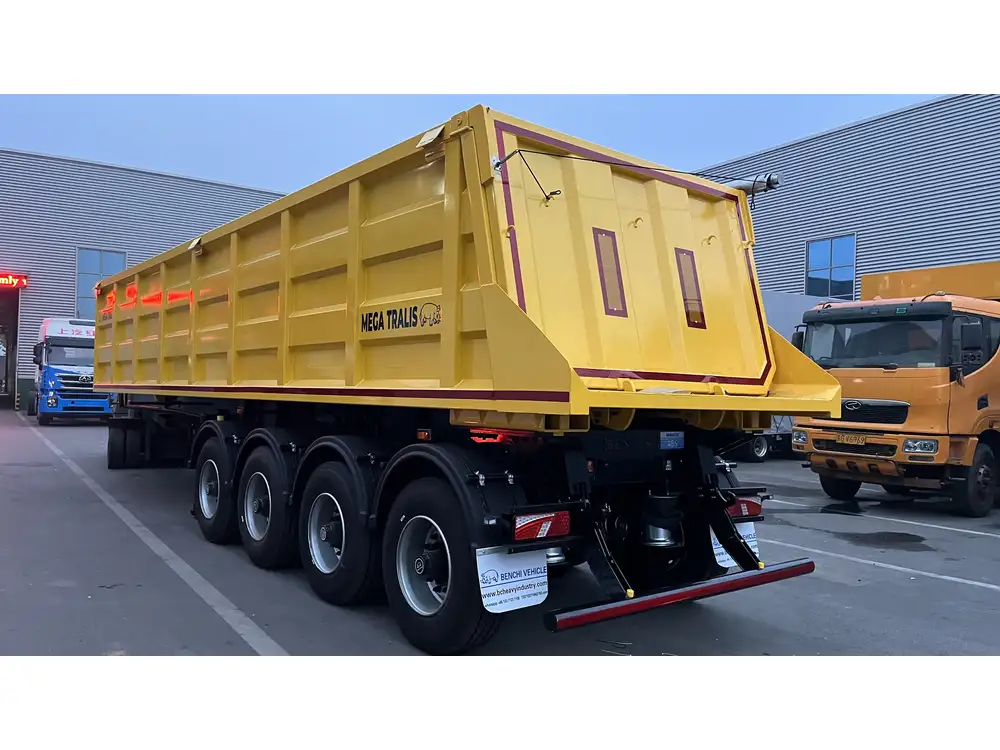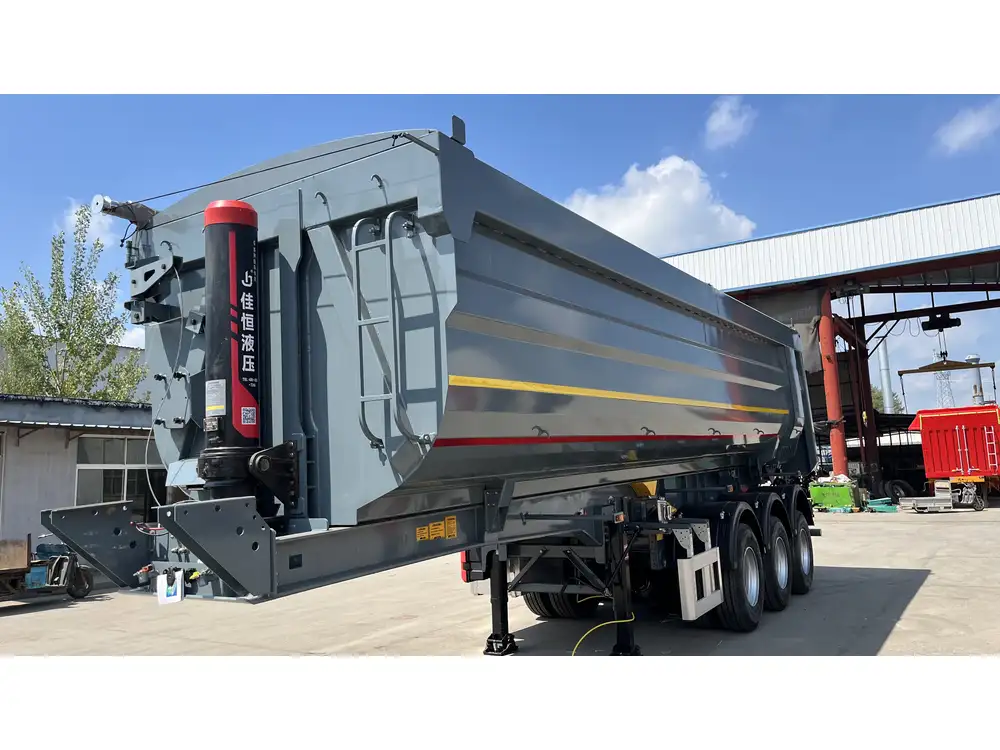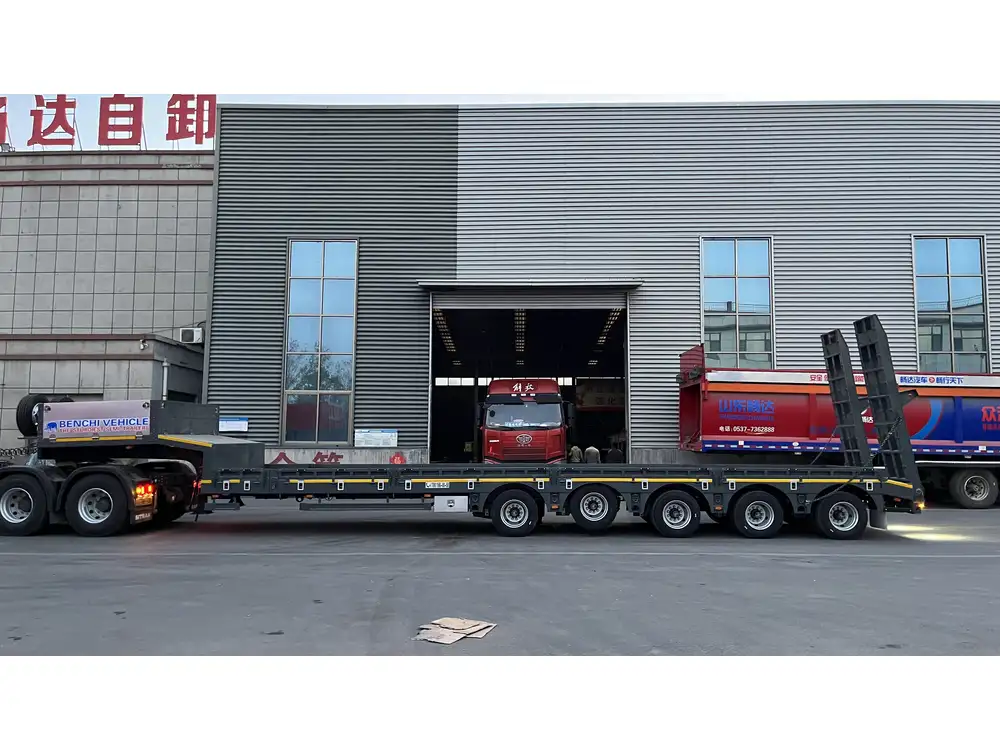Sliding tandems on a semi-trailer is an essential skill that every truck driver and fleet manager should master. An understanding of this process not only aids in optimizing loading capacities but also ensures compliance with weight regulations. Furthermore, it enhances maneuverability and stability, especially when navigating tight spaces. In this detailed guide, we will explore the step-by-step process of sliding tandems, best practices, safety precautions, and FAQs to provide you with a thorough understanding of this crucial topic.
Understanding Tandem Axles
What Are Tandem Axles?
Tandem axles consist of two axles spaced closely together, typically found on semi-trailers. This configuration helps distribute weight more evenly across the trailer, improving traction and minimizing road wear. Tandem axles can often be adjusted by sliding them forward or backward along the trailer frame.

Benefits of Sliding Tandems
Sliding the tandem axles offers several advantages:
- Weight Distribution: Properly positioning the tandems ensures compliance with federal and state weight limits.
- Improved Handling: Adjusting the tandems can significantly enhance the truck’s handling dynamics, especially in different driving conditions.
- Enhanced Fuel Efficiency: Correct axle placement can lead to more efficient fuel consumption.
- Increased Tire Longevity: Balanced weight distribution reduces wear and tear on tires.
Preparing to Slide Tandems
Necessary Tools and Equipment
Before proceeding to slide the tandems, ensure you have the following tools handy:
- Wheel Chocks: Prevent the trailer from rolling.
- Lifting Jacks: If necessary, to aid in lifting the trailer.
- Gloves: For hand protection.
- A Tow Bar or Pin Puller: To disengage the locking mechanism.

Safety Precautions
- Park on Flat Ground: Always ensure the vehicle is parked on a level surface to avoid rolling.
- Employ Wheel Chocks: Secure the wheels with chocks before making any adjustments.
- Use Proper Lighting: If working at night or in dim conditions, ensure sufficient lighting.
- Check for Hazards: Inspect the area for potential hazards, including other vehicles and pedestrians.
Step-by-Step Process to Slide Tandems
Step 1: Assess the Load Weight
The first step involves determining whether the current axle positioning complies with load weight regulations. Use a scale for precision, noting the weight on each axle. This analysis will guide your next steps.

Step 2: Identify the Adjustment Mechanism
Most semi-trailers feature either a sliding rail system or a pin mechanism for tandem adjustment. Familiarize yourself with the specific locking system on your trailer.
| Adjustment Mechanism | Description |
|---|---|
| Sliding Rail System | Allows for lateral movement along tracks |
| Pin Mechanism | Requires manual disengagement of pins |
Step 3: Disengage the Locking Mechanism
Depending on your adjustment type, you must disengage the locking system. For sliding rail systems, this usually involves pulling a lever or releasing a pin. Ensure all personnel stand clear while performing this step.
Step 4: Adjust Tandem Position
- For Sliding Rails:
- Locate the handle and pull it to unlock the tandems.
- Manually slide the tandems to the desired position.
- For Pin Mechanisms:
- Release the locking pins while ensuring your safety.
- Move the tandems to the appropriate position and reinsert the pins.

Step 5: Lock the Mechanism
Once the adjustments are complete, ensure that the locking mechanism is firmly engaged. This step is critical for safety and stability during transport.
Finalizing the Adjustment
Step 6: Re-weigh the Trailer
Post-adjustment, it’s crucial to weigh the trailer again. This final check confirms that the tandems are positioned correctly in relation to the load and meets regulatory weight limits.

Step 7: Document Changes
Recording the sliding position and the corresponding weights is essential for future reference. This documentation assists in compliance with DOT regulations and aids in effective fleet management.
Common Issues and Troubleshooting
Inability to Unlock the Tandem Mechanism
- Cause: Dirt or rust accumulation on mechanisms.
- Solution: Clean the areas and apply lubricant to ensure smooth operation.

Misalignment Post-Adjustment
- Cause: Incorrect positioning during adjustment.
- Solution: Repeat the adjustment process carefully, ensuring alignment with locking mechanisms.
Best Practices for Sliding Tandems
Regular Maintenance Checks
Conduct regular maintenance on the axle sliding mechanisms to keep them in optimal condition. Check for corrosion, wear and tear, and ensure that moving parts are lubricated.

Training and Safety Drills
Training drivers and personnel on tandem sliding techniques and safety measures can significantly reduce the risk of accidents. Conduct regular drills to reinforce these skills.
Use Technology
Consider leveraging technology, such as weight monitoring systems, that can provide real-time data on weight distribution as it relates to tandem positioning. Such tools enhance decision-making regarding sliding tandems.
Conclusion
Understanding how to slide tandems on a semi-trailer is a fundamental skill every driver and operator should master. By following the steps outlined in this guide, you can ensure compliance with weight regulations, enhance vehicle stability, and extend the life of both your equipment and tires. Remember to prioritize safety, perform regular maintenance, and keep detailed records to manage your fleet effectively. Mastering this skill is an investment in not only your vehicles but also in the overall efficiency of your transportation operations.

FAQs About Tandem Sliding
How often should I slide the tandems?
- It is advisable to slide the tandems whenever loading conditions change significantly.
What are the weight limits for semi-trailer tandems?
- Generally, federal regulations permit a maximum weight of 34,000 pounds per tandem axle group.
Can I slide the tandems while driving?
- NO. Always ensure the vehicle is stopped and secure before attempting to slide the tandems.
Additional Resources
| Resource | Description |
|---|---|
| Federal Motor Carrier Safety Admin | Obtain information regarding weight regulations. |
| National Association of Small Trucking Companies | Access industry-specific training materials. |
| Local Trucking Schools | Enroll in hands-on training for experienced guidance. |
This guide serves as a comprehensive resource to empower drivers and fleet operators to effectively manage tandem adjustments on semi-trailers, thus optimizing performance and ensuring safety in logistics operations.



